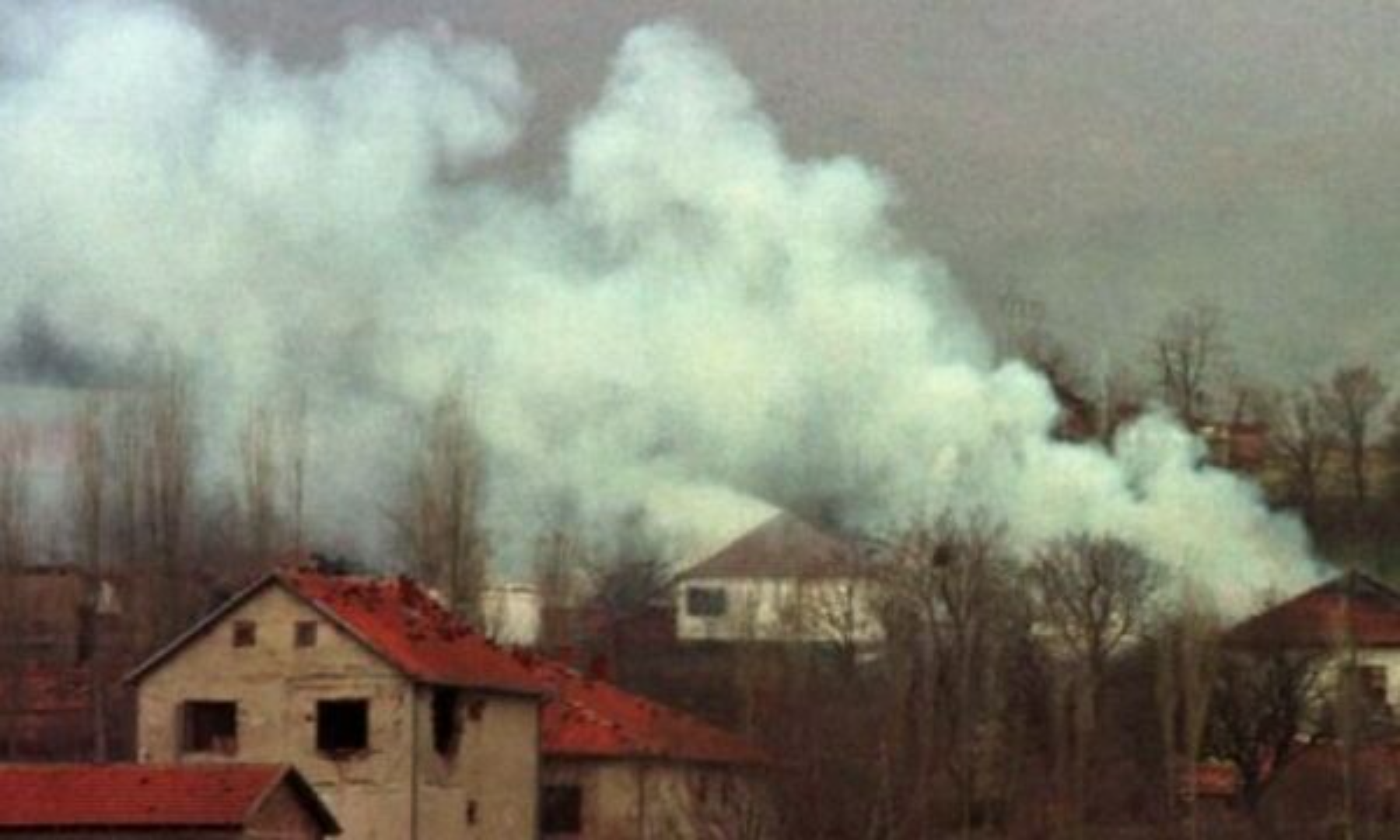The agency of Statistics plans to publish in the spring the first report with results for war damages issued during the population census conducted this year. Data on human and material losses will be verified by the Institute of crimes committed during the war, for which they will be “secondary sources”.
In March 1999, Agron Limani lost his father, brother and two other cousins. That same month he lost everything he had in the house that was burned down.
However, he expects more of the human damage to be addressed. “In Krusha E Vogel in Prizren, 113 Albanian civilians were kidnapped and then disappeared. Out of 145 homes, only 8 were rescued. Despite the damage, the main thing for us is bringing the perpetrators to justice,” Limani told Radio Kosovo.
After the official publication of the census data, the statistics agency, which for the first time included in the questionnaire the Croatian model for declaring war damages to people and households, plans to release the first results of the damages in the spring.
Avni Kastrati, Acting Chief of the agency of Statistics, told Radio Kosovo that data on damages will be an additional source for the War Crimes Institute.
“In human terms it is easier to identify, but in terms of physical, psychological, sexual violence, imprisonment or damage to property and other damage it is very difficult to verify,” Kastrati said.
He adds that for all the data declared by citizens during the census the “burden of verification” will be borne by the Institute of crimes committed during the war.
The head of this Institute, Atdhe Hetemi, told Radio Kosovo that the census data on war damages are a help, but they cannot be considered of documentary weight.
“The materials that are collected during the census help to map p.sh where there were more declared damages, in which region and other things,” Hetemi said.
Hetemi also says that the data cannot be considered as primary sources for the institute, but it helps to guide additional research.
“It is not possible to consider the data of this record to be of documentary value, as p.sh those of the Institute for Forensic Medicine because there the methodology is more concrete”, adds hetemi.
Amer Alija, from the Humanitarian Law Center in Kosovo, which documents crimes committed during the war, says the data is certainly deficient.
“Census results for war damages can be used as important data but not as definitive data for documenting war crimes,” says Alija.
The census was again boycotted by the Serbian community and consequently the report of the agency of Statistics will lack some of the data on human damages from this community.







